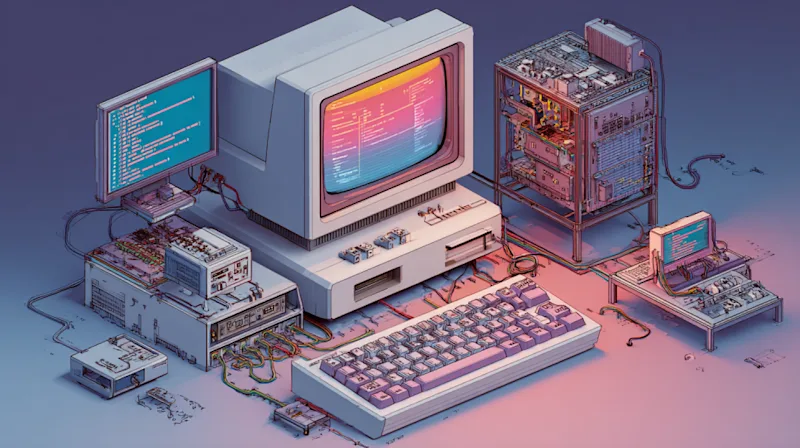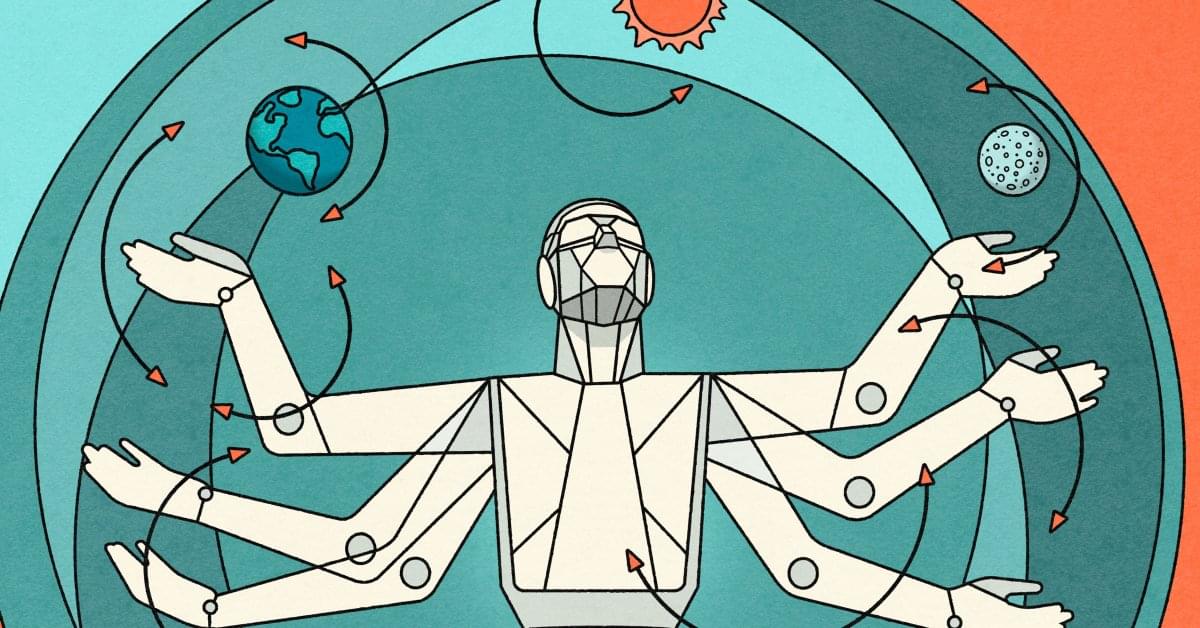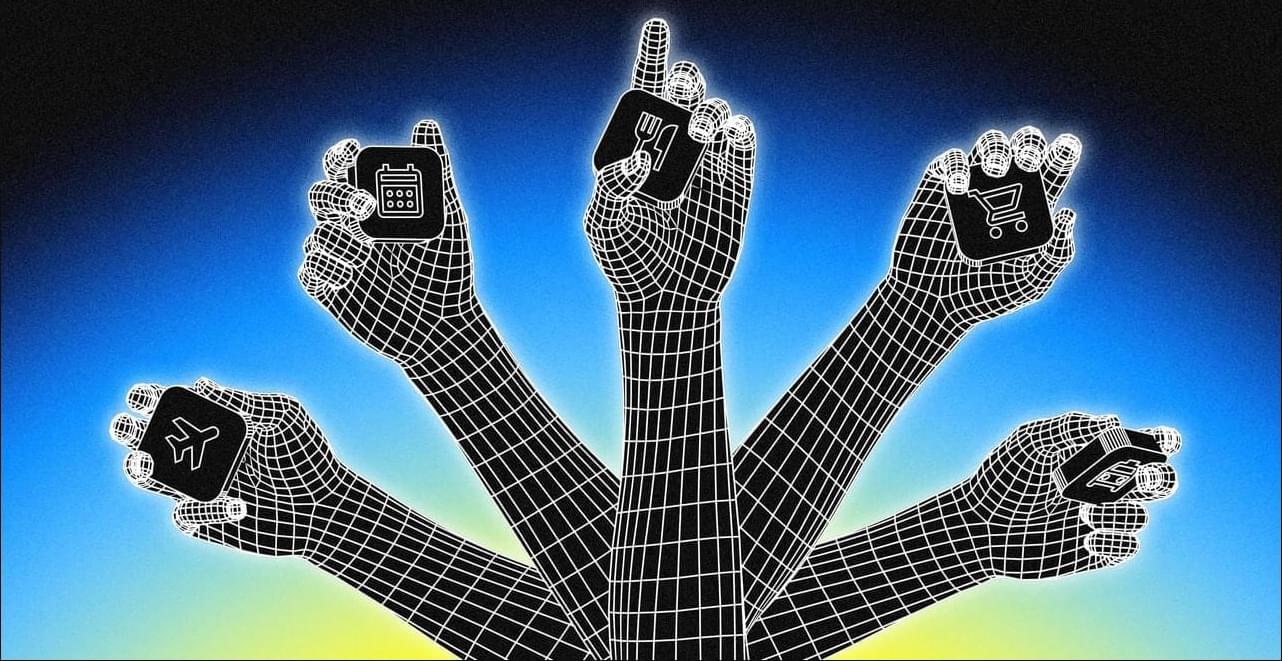As the Genesis Mission accelerates, robotics is emerging as the keystone industry in America’s next moonshot.







Today, leading AI technology such as large language models (LLMs) have begun to transform how we access and work with abstract knowledge. Yet they remain wordsmiths in the dark, eloquent but inexperienced, knowledgeable but ungrounded.
For humans, spatial intelligence is the scaffolding upon which our cognition is built. It’s at work when we passively observe or actively seek to create. It drives our reasoning and planning, even on the most abstract topics. And it’s essential to the way we interact—verbally or physically, with our peers or with the environment itself. When machines are endowed with this ability, it will transform how we create and interact with real and virtual worlds—revolutionizing storytelling, robotics, scientific discovery, and beyond. This is AI’s next frontier, and why 2025 was such a pivotal year.
The candid truth is that AI’s spatial capabilities remain far from the human level. But tremendous progress has indeed been made. Multimodal LLMs, trained with voluminous multimedia data in addition to textual data, have introduced some basics of spatial awareness, and today’s AI can analyze pictures, answer questions about them, and generate hyperrealistic images and short videos.


In their nucleus, as they replicate, blood stem cells can accumulate mutations and lose epigenetic marks that used to keep DNA well-arranged, ultimately increasing mechanical tension on the nuclear envelope. This study figured out RhoA is a mechanosensor activated by such tension and conducts a key role in the stem cell ageing process. Researchers subsequently proved its rejuvenating potential: after ex vivo treatment of blood stem cells with the drug Rhosin, a RhoA inhibitor, they observed an improvement in aged-related markers.
As study co-author summarizes: “Overall, our experiments show that Rhosin did rejuvenate blood stem cells, increased the regenerative capacity of the immune system and improved the production of blood cells once transplanted in the bone marrow.”
Ageing is defined as the deterioration of function overtime, and it is one of the main risk factors for numerous chronic diseases. Although ageing is a complex phenomenon affecting the whole organism, it is proved that the solely manifestation of ageing in the haematopoietic system affects the whole organism.
A research team previously revealed the significancy of using blood stem cells to pharmacologically target ageing of the whole body, thereby suggesting rejuvenating strategies that could extend healthspan and lifespan. Now, in a Nature Ageing publication, they propose rejuvenating aged blood stem cells by treating them with the drug Rhosin, a small molecule that inhibits RhoA, a protein that is highly activated in aged haematopoietic stem cells. This study combined in vivo and in vitro assays together with innovative machine learning techniques.
Blood stem cells, or hematopoietic stem cells, are located in the bone marrow, a highly dynamic and specialised tissue within the cavity of long bones. They are responsible for the vital function of continuously producing all types of blood cells: red blood cells (oxygen transporters), megakaryocytes (future platelets) and white blood cells (immune cells, lymphocytes and macrophages). Over time, however, stem cells also do age, they lose their regenerative capacity and generate fewer and lower quality immune cells. This has been linked to immunosenescence, chronic low grade inflammation and certain chronic diseases.

An AI tool that can analyze abnormalities in the shape and form of blood cells, and with greater accuracy and reliability than human experts, could change the way conditions such as leukemia are diagnosed.
Researchers have created a system called CytoDiffusion that uses generative AI – the same type of technology behind image generators such as DALL-E – to study the shape and structure of blood cells.
Unlike many AI models, which are trained to simply recognize patterns, the researchers – led by the University of Cambridge, University College London and Queen Mary University of London – showed that CytoDiffusion could accurately identify a wide range of normal blood cell appearances and spot unusual or rare cells that may indicate disease. Their results are reported in the journal Nature Machine Intelligence.
